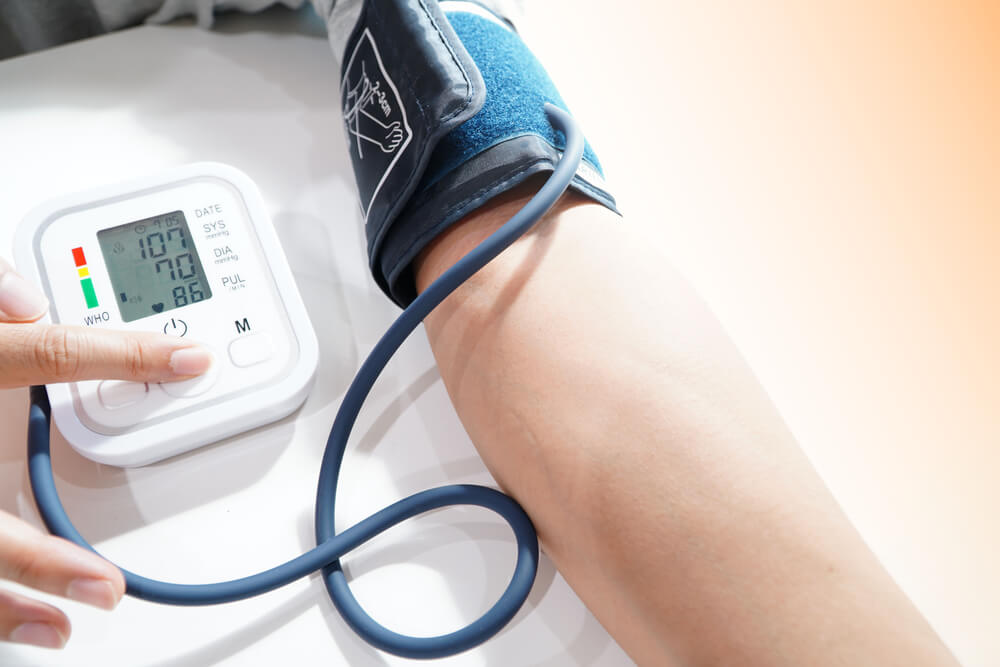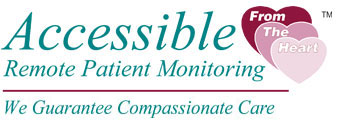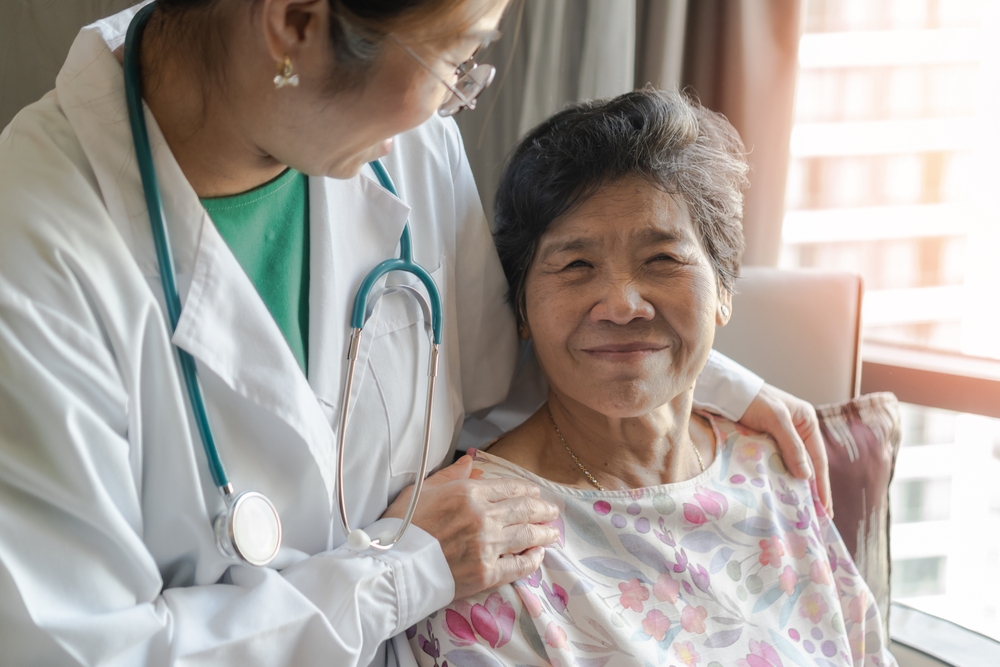 November 19, 2020
November 19, 2020
The nation is aging. As prominent members of our community and family enter their golden years, the healthcare industry has a new challenge: an older population means more persons with multiple chronic diseases and medical needs. The number of Americans ages 65 and older will more than double in the next 40 years, reaching about 80 million by 2040.
To help keep at-risk patients safe and healthcare costs down, many care providers are turning to remote care management solutions (RCM). Remote care management is a telehealth solution that uses technology to track patient data wherever the patient is, at home, at work, or on-the-go, and transmit it to other healthcare providers.
Hospitals and other healthcare facilities can benefit from using RCM to monitor discharged patients, as can continuing care retirement communities (CCRC) whose patients may be going home due to COVID-19 concerns.
More Access to Better Care
In these unprecedented times, the number of patients self-opting for care is increasing. Remote care can benefit both patients and providers by increasing efficiency, improving health outcomes, and reducing costs.
Improved Efficiency and Comfort
Telemedicine, on its own, facilitates a virtual conversation between healthcare experts and a patient about past health data and described symptoms. RCM, on the other hand, is the next step in furthering care. RCM data and population health healths offer immediate information about when at-risk patients’ values are out of range, allowing providers to intervene quickly.
Using RCM, providers can review important health information in real time, meeting the needs of high-risk patients and preventing hospitalization. Remote management keeps higher-risk patients at home, freeing up resources and beds for new patients. This can help reduce costs and improve efficiency for healthcare facilities by ensuring emergencies receive attention when needed.
Patients also won’t have to make as many trips to the doctor, helping them stay in the comfort of home. In the time of COVID-19, receiving reliable care at a distance is more important than ever. Remote care allows patients who were inhibited by travel costs or other barriers to easily have their health monitored where they are.
Increased Care Management
Chronic conditions account for the vast majority of healthcare costs in the US, but many are preventable and manageable. RCM measures vital health metrics, like blood sugar, blood pressure, temperature, blood oxygen, and weight, so that providers know these values are within range. Listed below are the five devices that can help practitioners assess symptoms and preexisting conditions with RCM:
- Thermometer
- Oxygen Sensor
- Digital Weight Scale
- Blood Glucose Monitor
- Blood Pressure Cuff
Better Health Outcomes
Receiving preventative care is always better than reactionary care. RCM puts everyday wellness at the forefront of patient care and allows patients to be participants in their own health. Using the data collected, providers can help guide patients to make better health choices, take needed medications, and intervene when out-of-range values occur.
Reduce Readmissions and Emergency Situations
To prevent the escalation of illness or injury before hospitalization is necessary, doctors and patients need to have consistent communication throughout treatment. RCM gives patients the ability to manage their health while providing doctors with information on any disease or injury progression in real time.
Improved healthcare management can prevent or delay costly events such as emergency room visits and hospitalizations. Reducing hospital readmissions and improving patient outcomes can also increase Medicare reimbursement rates and improve hospitals’ star ratings, helping facilities strengthen their reputations.
Maintaining Continuity with the Client
Even during “normal times,” going to a medical office, clinic, or staying in contact with patients has been challenging. Recently, COVID-19 has made seeking medical assistance in a more conventional healthcare setting more difficult, as it heightens the chance of infection for high-risk patients.
Since 2019, The Centers for Medicare and Medicaid Services (CMS) has taken measures to make it easier for practices to provide RCM services to their patients by introducing new CPT codes and removing barriers of entry. These changes for providers include:
- The decision to allow RCM to be furnished “incident to” under general supervisions
- The addition of CPT CODe 99458: a new code for patients who have an additional 20 minutes of RCM services in a given month.
These changes have expanded how providers can treat their patients and offer a more comprehensive array of care options. By implementing RCM into a practice, providers can launch a Health IT project and a new clinical service offering that allows real-time contact with the patient.
How to Implement RCM
Creating a technology connection between providers and patients to improve care is more important than ever in the digital age. So, how do you start integrating more technology into your healthcare facility? Investing in RCM software and tools is a great place to start.
As trusted home health care providers, Accessible Home Health Care has pioneered the implementation of RCM. Our Accessible Remote Care Management (ARCM) is a fully HIPAA and FDA-compliant system that allows QHCPs to monitor patient measurements in real time. Our program offers free onboarding and equipment, as well as technical support for patients.
Benefits of Accessible Remote Care Management
- Reduce your costs by limiting physician visits and rehospitalization. ARCM starts at $55 per patient per month. If even one trip to the hospital is prevented, the system pays for itself.
- Onboarding is quick and easy. ARCM can onboard patients in 72 hours or as quickly as 24 hours for an expedited fee. This is because we have an in-house warehouse full of equipment ready to go. Other providers have an average implementation time of 14 days!
- You can use the same technology for other telehealth services. This means no other technology platforms would be needed for virtual visits outside the services offered by ARCM.
For more information about how to reduce costs and readmissions while improving patient care, call 1-844-440-ARPM (2776) or visit accessiblercm.com.



